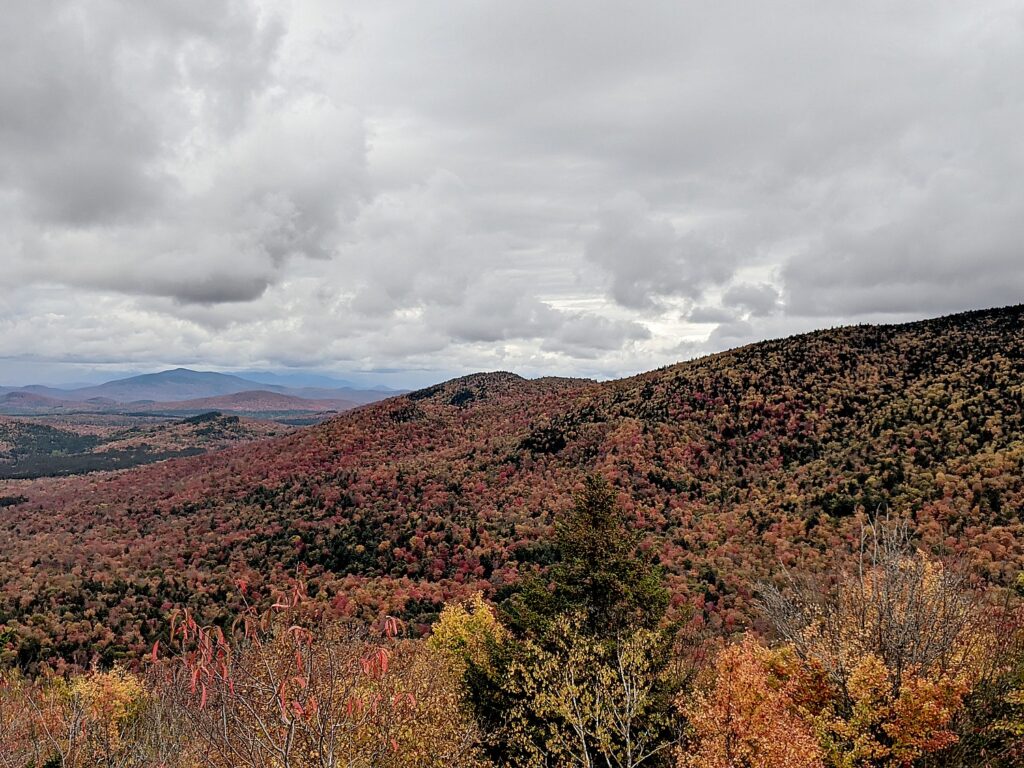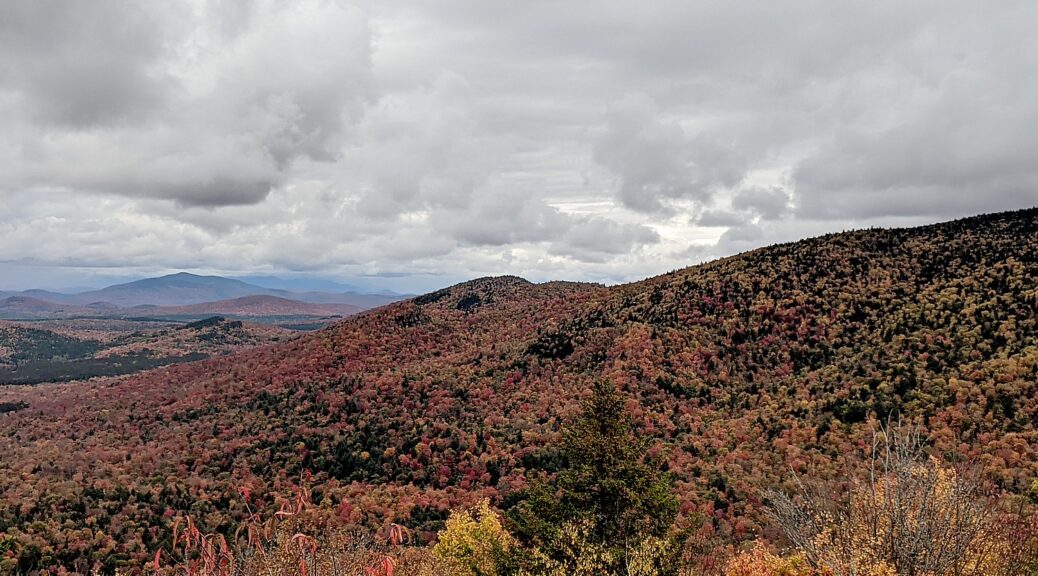
The Biden Administration issued a progress report highlighting land and water projects underway as the nation pursues its first-ever National Conservation Goal:
Today, the Biden-Harris Administration issued its first annual progress report on the America the Beautiful initiative, highlighting steps the Administration has taken over the past year to support locally-led and voluntary efforts to conserve, connect, and restore lands and waters across the nation that sustain the health of our communities, power local economies, and help combat climate change.
Released by the U.S. Departments of the Interior, Agriculture and Commerce, and the White House Council on Environmental Quality, the report outlines the collective work to pursue the first-ever national conservation goal established by a President – a goal of conserving at least 30 percent of U.S. lands and waters by 2030. The federal actions and activities described in the progress report align with the America the Beautiful initiative’s guiding principles, which include commitments to honor the nation’s conservation traditions, private property rights, the sovereignty of Tribal Nations, and the values and priorities of local communities.
In particular, the report centers on work that federal agencies are undertaking around six areas of focus: creating more parks and safe outdoor opportunities; building connectivity and corridors for fish and wildlife; supporting Tribally-led conservation and restoration; increasing access for outdoor recreation; incentivizing voluntary conservation; creating jobs and growing local economies; and deploying nature to increase climate resilience and remove carbon from the atmosphere. The report also includes a brief review of land-cover changes and the status of fish and wildlife habitats and populations.
The report also reviews steps the Administration took this year to restore protections for important natural and cultural resources; to deepen partnerships and leverage resources with Tribes, states, private landowners, and other stakeholders; to restore science and incorporate Indigenous Traditional Ecological Knowledge into decision-making; and to take an inclusive and collaborative approach to the stewardship of the land and water resources that sustain the nation’s communities and economies.
Notably, President Biden’s Bipartisan Infrastructure Law provides a major boost to the America the Beautiful initiative. The new law provides the largest investment in the resilience of physical and natural systems in American history and will help communities be more prepared for drought and wildfire; address the legacy of pollution from orphan wells and abandoned mines; invest in clean drinking water; fund watershed rehabilitation and flood prevention projects; and improve coastal resilience efforts.
ADDITIONAL AGENCY ACTION
In addition to the progress report, the Biden-Harris Administration is also announcing today several steps to ensure that the America the Beautiful initiative is both guided by and reflective of the priorities, needs, and inputs of local communities, Tribes, States, landowners, hunters and fishers, and other important stakeholders. These steps are:
- Gathering Public Input on the American Conservation and Stewardship Atlas. As initially described in the Conserving and Restoring America the Beautiful May 2021 report, the American Conservation and Stewardship Atlas will be a tool to provide a more accessible and comprehensive picture of conservation and restoration work nationwide. The co-lead agencies are initiating a formal comment period to collect input specific to the development of the Atlas, recognizing that many uses of lands and waters can be consistent with the long-term health of natural systems and contribute to addressing climate change and environmental injustices. This period will include a 60-day public comment period and public listening sessions in the first quarter of 2022. More details will be available in the coming weeks in the Federal Register and on federal agencies’ America the Beautiful webpages.
- Engaging the Hunting and Wildlife Conservation Council. The U.S. Fish and Wildlife Service will re-engage an advisory council that will provide recommendations to the Departments of the Interior and Agriculture to help advance wildlife conservation and outdoor recreation, including hunting and fishing. This effort builds on the Wildlife Hunting and Heritage Conservation Council, first established in 2010. This contemporary group of subject matter experts will focus on policies that benefit wildlife resources; encourage partnership among the public, sporting conservation organizations, and Federal, State, Tribal, and territorial governments; and benefit fair chase recreational hunting and safe recreational shooting sports. Information on how to submit formal nominations for the advisory council will be forthcoming.
- Improving the Conservation Reserve Enhancement Program (CREP). USDA is improving CREP to bring in new partners who will work with producers on voluntary conservation practices and ultimately increase benefits for the nation’s agricultural producers and private landowners. The Conservation Reserve Program enables the USDA Farm Service Agency and partners to invest in partner-led projects. In direct response to feedback from State agencies, Tribes, non-profit organizations and other groups, USDA has updated matching fund requirements to include any desired combination of cash, in-kind contributions, or technical assistance; expanded its outreach efforts; and expanded the CREP team to increase capacity to work directly with existing and potential new partners. This effort is in line with the America the Beautiful initiative’s focus on incentivizing and rewarding voluntary conservation on private lands.
- Establishing the Marine and Coastal Area-Based Management Federal Advisory Committee. The National Oceanic and Atmospheric Administration (NOAA) will establish an advisory committee that will provide advice to the Under Secretary of Commerce for Oceans and Atmosphere (NOAA Administrator) on science-based approaches to area-based protection, conservation, restoration, and management in marine and coastal areas, including the Great Lakes. The committee would be composed of representatives of diverse interests and perspectives, providing a forum for discussion and advice on opportunities to advance key priorities through NOAA programs and authorities: conservation of biodiversity, climate resilience, and expanding access to nature for underserved communities. Information on how to submit formal nominations for the advisory committee will be forthcoming.
- Investing in Coastal Wetlands Restoration. Today, the U.S. Fish and Wildlife Service will award more than $20 million to support 25 projects in 13 coastal states to protect, restore, or enhance more than 61,000 acres of coastal wetlands and adjacent upland habitats under the National Coastal Wetlands Conservation Grant Program. State, local and Tribal governments, private landowners, conservation groups and other partners will contribute more than $17.6 million in additional funds to these projects. These grants will have wide-reaching benefits for local economies, people, and wildlife – boosting coastal resilience, reducing flood risk, stabilizing shorelines and protecting natural ecosystems.
CONSERVATION LEADERSHIP BY STATES, TRIBES, AND LOCAL COMMUNITIES
Since President Biden announced the first-ever national goal to conserve at least 30 percent of America’s lands and waters by 2030, states, Tribes, local governments, and private sector leaders across the country have advanced the effort, forging their own paths to conserve, connect, and restore more lands and waters. More than 50 Tribal leaders and organizations and hundreds of locally elected officials across the country have expressed support for the national conservation goal, recommendations, and guiding principles of the America the Beautiful initiative.
Many Governors are pursuing their own related goals and efforts in alignment with the America the Beautiful initiative. These efforts will support local economies, communities, and wildlife populations and habitats. Activities of note this year include:
- California: The State convened advisory panels and held listening sessions over the course of 2021 to inform its draft plan and mapping tool in support of the Governor Gavin Newsom’s goal to conserve and restore 30 percent of its land and coastal waters by 2030.
- Florida: In July 2021, Governor Ron DeSantis signed the Florida Wildlife Corridor Act, allocating $300 million to conserve interconnected natural areas in the state. This act aligns with the America the Beautiful early focus areas, specifically collaborative conservation to expand fish and wildlife habitats and corridors.
- Hawaii: The Division of Aquatic Resources continued developing its strategy for management of nearshore resources, consistent with its 2016 commitment, and the State also worked to support its ongoing 30×30 Watershed Forest Initiative over the past year.
- Illinois: Lawmakers established the bipartisan Illinois 30×30 Conservation Task Force in 2021 to host listening sessions statewide.
- Maine: Governor Janet Mills included a proposal in the state’s Climate Action Plan to conserve at least 30 percent of Maine’s lands by 2030.
- Michigan: Lawmakers introduced a bipartisan resolution urging a statewide goal of conserving at least 30 percent of land and water as part of the nationwide effort.
- Nevada: Lawmakers became the first in the nation to pass a resolution supporting the national conservation goal and urging State and local agencies to work cooperatively.
- New Mexico: Governor Michelle Lujan Grisham signed an executive order establishing a statewide goal of protecting 30 percent of lands and waters by 2030.
- New York: Lawmakers passed State legislation setting a goal that would conserve at least 30 percent of the State’s land by 2030.
Leaders in the private sector also recognize that thriving ecosystems support successful businesses and communities and that world class natural areas can coexist alongside economic growth. For example, 342 organizations and businesses have already formally voiced their support for the President’s national conservation goal.

